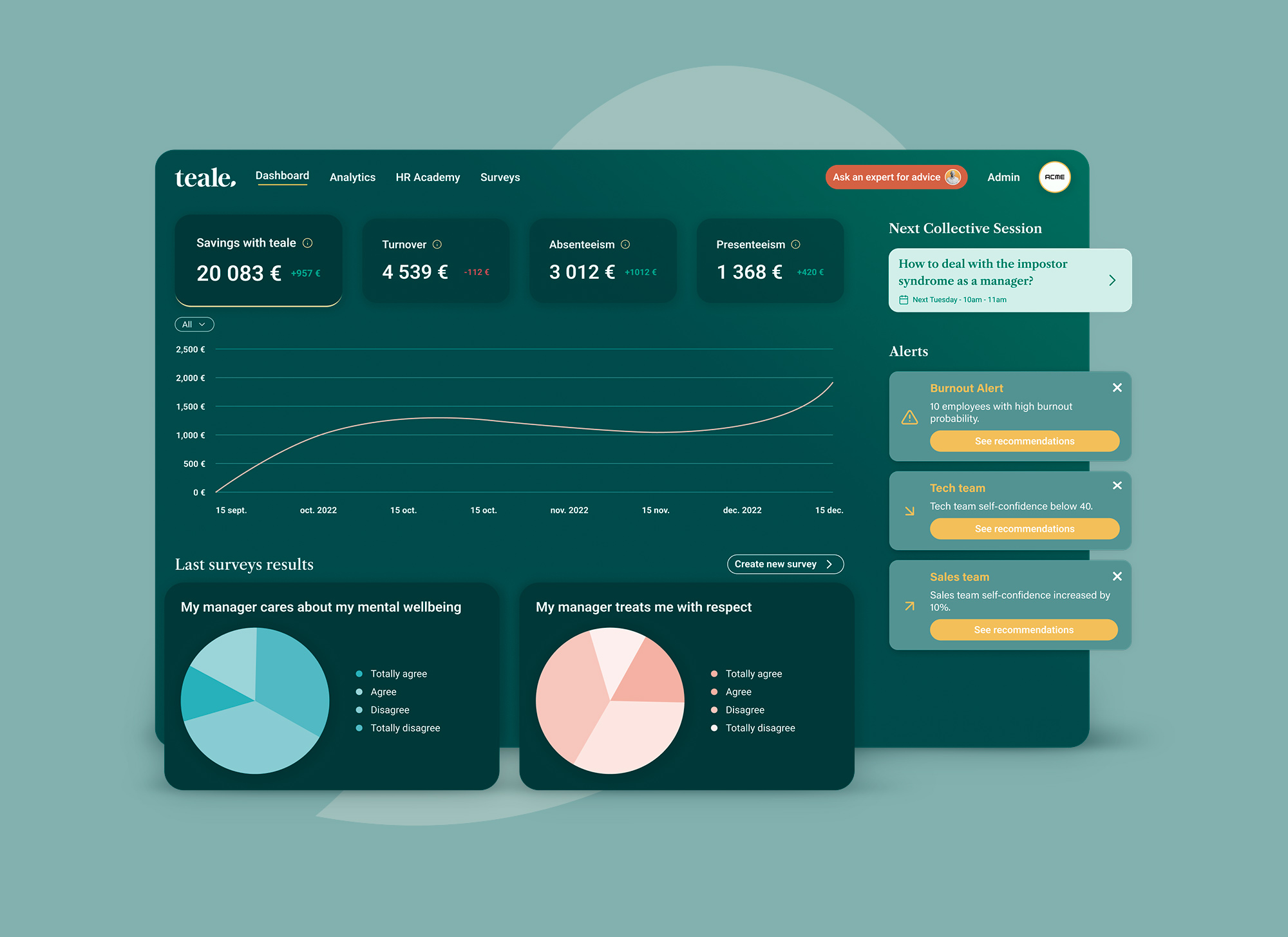Investing 101: Understanding Different Investment Vehicles
Introduction
Investing is one of the most effective ways to build long-term wealth, but for beginners, the world of investment vehicles can feel overwhelming. From stocks and bonds to real estate and exchange-traded funds (ETFs), each option offers unique opportunities and risks. This guide to Investing 101 will help you understand the different types of investment vehicles, their benefits, and how they fit into your financial goals.
What Are Investment Vehicles?
An investment vehicle is simply a product or method that allows individuals or institutions to invest money with the goal of generating returns. Think of them as the “tools” you can use to grow your wealth. Choosing the right vehicle depends on your risk tolerance, time horizon, and overall financial objectives.
1. Stocks – Ownership in Companies
Stocks are one of the most popular investment vehicles. When you buy a stock, you’re purchasing partial ownership of a company.
-
Pros: Potential for high returns, dividends, liquidity.
-
Cons: High volatility, risk of loss if the company underperforms.
-
Best For: Investors seeking growth and who can handle short-term ups and downs.
Many beginners start with stocks because they are widely accessible through online brokerages.
2. Bonds – Safer, Fixed-Income Investments
Bonds are essentially loans you provide to governments or corporations. In return, they pay you interest over time and repay the principal at maturity.
-
Pros: Lower risk than stocks, predictable income.
-
Cons: Lower returns, inflation risk, sensitive to interest rate changes.
-
Best For: Conservative investors looking for stability and regular income.
Including bonds in a portfolio helps balance out the volatility of equities.
3. Mutual Funds – Professional Management
A mutual fund pools money from multiple investors and invests it in a diversified portfolio of stocks, bonds, or other assets.
-
Pros: Professional management, diversification, easy access.
-
Cons: Management fees, limited control over specific holdings.
-
Best For: Beginners who want hands-off investing with lower risk than picking individual stocks.
Mutual funds are popular for retirement accounts like 401(k)s and IRAs.
4. Exchange-Traded Funds (ETFs) – Flexible Diversification
ETFs are similar to mutual funds but trade like stocks on an exchange. They track an index, sector, or asset class, making them cost-effective and transparent.
-
Pros: Lower fees than mutual funds, instant diversification, easy to trade.
-
Cons: Subject to market fluctuations, brokerage fees (sometimes).
-
Best For: Investors who want flexibility, low costs, and diversification.
ETFs are excellent for both beginners and experienced investors.
5. Real Estate – Tangible Assets
Real estate investing involves buying property for rental income, resale, or long-term appreciation.
-
Pros: Tangible asset, rental income, tax benefits.
-
Cons: High upfront costs, maintenance responsibilities, market fluctuations.
-
Best For: Investors looking for long-term wealth building and diversification outside traditional markets.
For those who don’t want to own physical property, Real Estate Investment Trusts (REITs) provide exposure to real estate without the headaches of being a landlord.
6. Alternative Investments – Beyond the Basics
Beyond the traditional vehicles, there are alternatives such as commodities (gold, oil), cryptocurrencies, and private equity.
-
Pros: Portfolio diversification, potential high returns.
-
Cons: High risk, lack of regulation, limited liquidity.
-
Best For: Experienced investors seeking additional diversification.
While exciting, alternatives should only make up a small portion of a beginner’s portfolio.
Building a Balanced Portfolio
The key to successful investing is diversification—spreading your money across different investment vehicles to reduce risk. A well-balanced portfolio might include:
-
Stocks for growth.
-
Bonds for stability.
-
ETFs or mutual funds for diversification.
-
Real estate or REITs for long-term wealth.
Your portfolio should align with your risk tolerance, time horizon, and financial goals.
Final Thoughts
Understanding different investment vehicles is the first step toward becoming a confident investor. Whether you choose stocks, bonds, mutual funds, ETFs, real estate, or alternative assets, each plays a role in shaping your financial future. Start small, stay consistent, and remember that investing is a long-term journey.
With the right strategy and knowledge, you can use these vehicles to drive toward your financial goals and build lasting wealth.




















